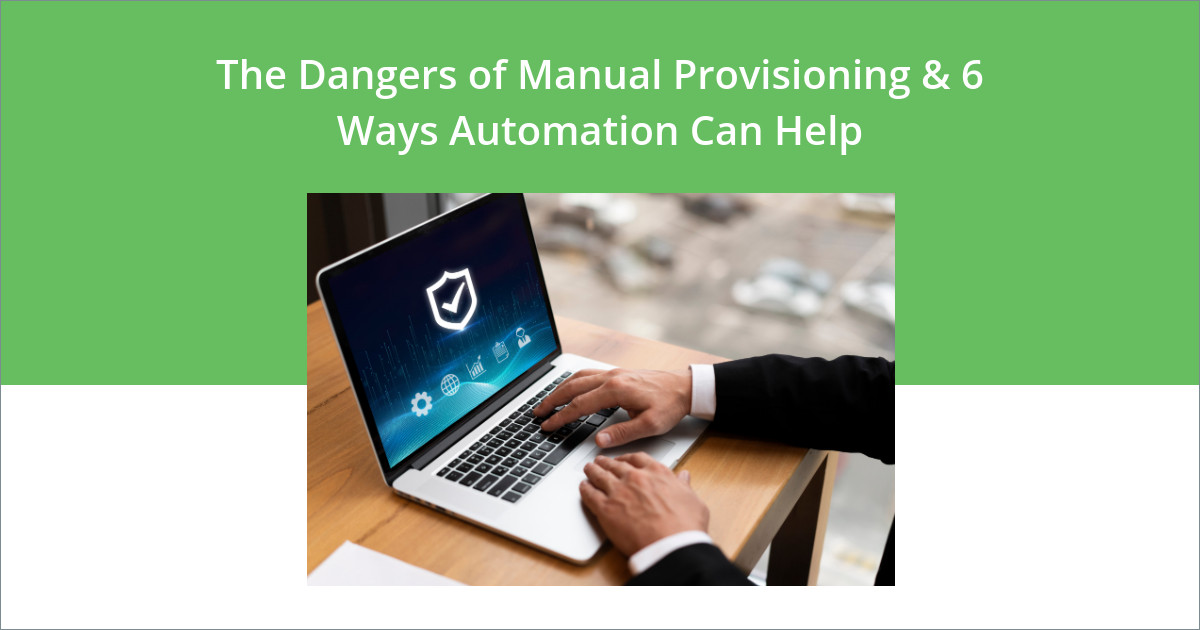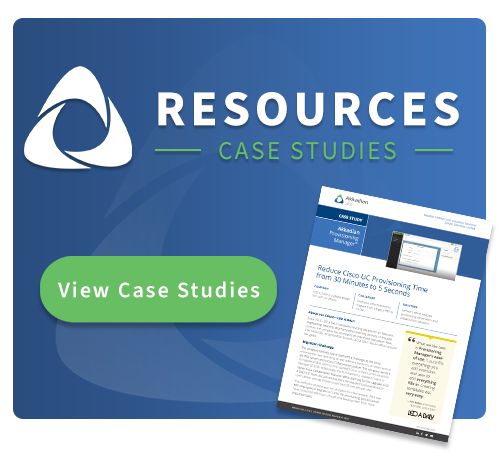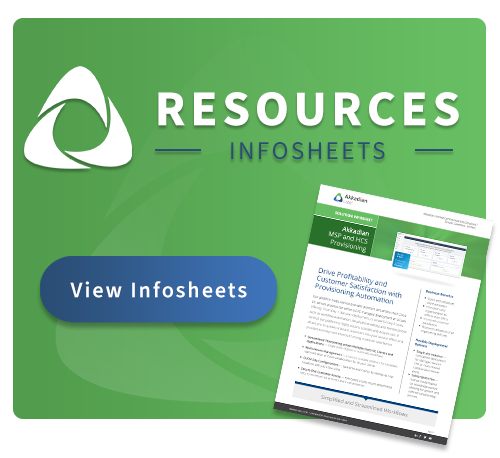Regulatory compliance isn’t just a checkbox—it’s an ongoing responsibility many organizations struggle to maintain with outdated provisioning processes. As regulations grow stricter and penalties more severe, IT teams that manually manage user access, create dangerous compliance gaps that can result in costly violations and reputational damage.
Automated UC provisioning eliminates these risks by transforming compliance from a reactive scramble into a systematic, provable process. Rather than piecing together fragmented evidence during audits, organizations can demonstrate continuous compliance through comprehensive audit trails and consistent security enforcement.
This blog exposes the hidden compliance risks in manual provisioning and reveals how automation helps organizations meet regulatory standards without sacrificing operational efficiency.
The Hidden Compliance Risks in Manual Provisioning
Traditional provisioning approaches were designed for simpler regulatory environments, but today’s complex frameworks—from GDPR and CCPA to industry-specific requirements like HIPAA and PCI DSS—demand precision and consistency that manual processes cannot deliver.
Inconsistent Control Implementation
When IT teams manually configure each user account, even the most diligent staff applies controls differently across users, locations, and devices. One administrator might implement stronger password requirements while another overlooks multi-factor authentication settings.
These inconsistencies create compliance gaps that auditors quickly identify.
Invisible Access Violations
Manual offboarding processes frequently create dangerous security gaps when former employees retain system privileges long after they leave.
When access isn’t revoked in a timely manner, organizations face security vulnerabilities and compliance violations. Many regulatory frameworks explicitly require immediate access termination upon employment end, making delayed offboarding a direct compliance failure that can trigger sanctions during audits.
Nonexistent Audit Trails
Organizations with manual provisioning processes often discover their documentation is incomplete or missing entirely when auditors look into their access management processes.
Without systematic records of who approved access, when permissions changed, and which specific rights were granted, organizations cannot prove compliance, regardless of whether their actual practices met standards.
Regulatory Adaptation Paralysis
Regulations constantly evolve, requiring organizations to implement new controls and processes. With manual provisioning, IT teams can’t update hundreds or thousands of user accounts fast enough to meet new requirements.
This implementation lag leaves organizations non-compliant during transition periods, creating windows of vulnerability that can result in findings during audits or reviews. The more users in your environment, the longer these compliance gaps persist.
6 Ways Automated UC Provisioning Transforms Compliance Management
1. Creates Tamper-Proof Compliance Records
Automated provisioning software generates comprehensive, tamper-evident audit trails that document every access change throughout the employee lifecycle. These detailed records indicate when access was granted, modified, or revoked, as well as who authorized each action.
During audits, organizations can instantly produce evidence demonstrating compliant processes rather than scrambling to reconstruct history. This documentation condenses weeks of audit preparation into a simple report generation process that provides exactly what auditors need.
2. Enforces Consistent Security Controls
Role-based provisioning templates ensure every user receives the same security controls based on their position and responsibilities. This consistency eliminates the variability that creates compliance gaps in manual processes.
When security requirements change, administrators update a single template rather than hundreds of individual accounts. The system then automatically propagates these changes, ensuring uniform security implementation across the organization.
READ MORE: 5 Biggest UC Security Threats & How to Mitigate Them With Automated Provisioning
3. Implements Zero-Day Offboarding
When employees leave, automated provisioning enables instantaneous access termination. Integration with other systems triggers immediate deprovisioning when employment status changes, preventing unauthorized access by former employees—a common violation with potentially serious consequences.
The system also documents the timing of access termination, providing evidence that organizations followed proper offboarding procedures.
4. Enforces Least-Privilege Access Models
Most regulatory frameworks now require least-privilege principles, providing users with only the minimum access needed for their roles. Automated provisioning enforces this through role-based templates that align permissions with job requirements.
These templates prevent over-provisioning. When roles change, the system automatically adjusts access to maintain appropriate permission levels, preserving the least-privilege model throughout the employee lifecycle.
5. Adapts Instantly to Regulatory Changes
When regulations evolve, automated provisioning facilitates swift adaptation across the entire organization. Rather than manually updating individual accounts, administrators can modify role templates. The system then propagates these changes throughout the user base.
6. Redirects IT Focus
Manual compliance consumes valuable IT resources, requiring staff to monitor regulations, update processes, verify implementations, and prepare documentation. , Automated provisioning eliminates time-consuming, repetitive tasks, allowing IT teams to focus on strategic projects that drive organizational value.
Conclusion
As regulatory pressures intensify, manual provisioning approaches run unsustainable compliance risks. The choice is increasingly clear: continue struggling with fragmented, error-prone processes, or embrace automated UC user provisioning.
Ready to strengthen your compliance approach? Akkadian Provisioning Manager delivers the automation capabilities to align your UC environment with regulatory requirements while reducing IT workload. Schedule a demo to see how our platform can help your organization meet compliance standards while improving operational efficiency.



